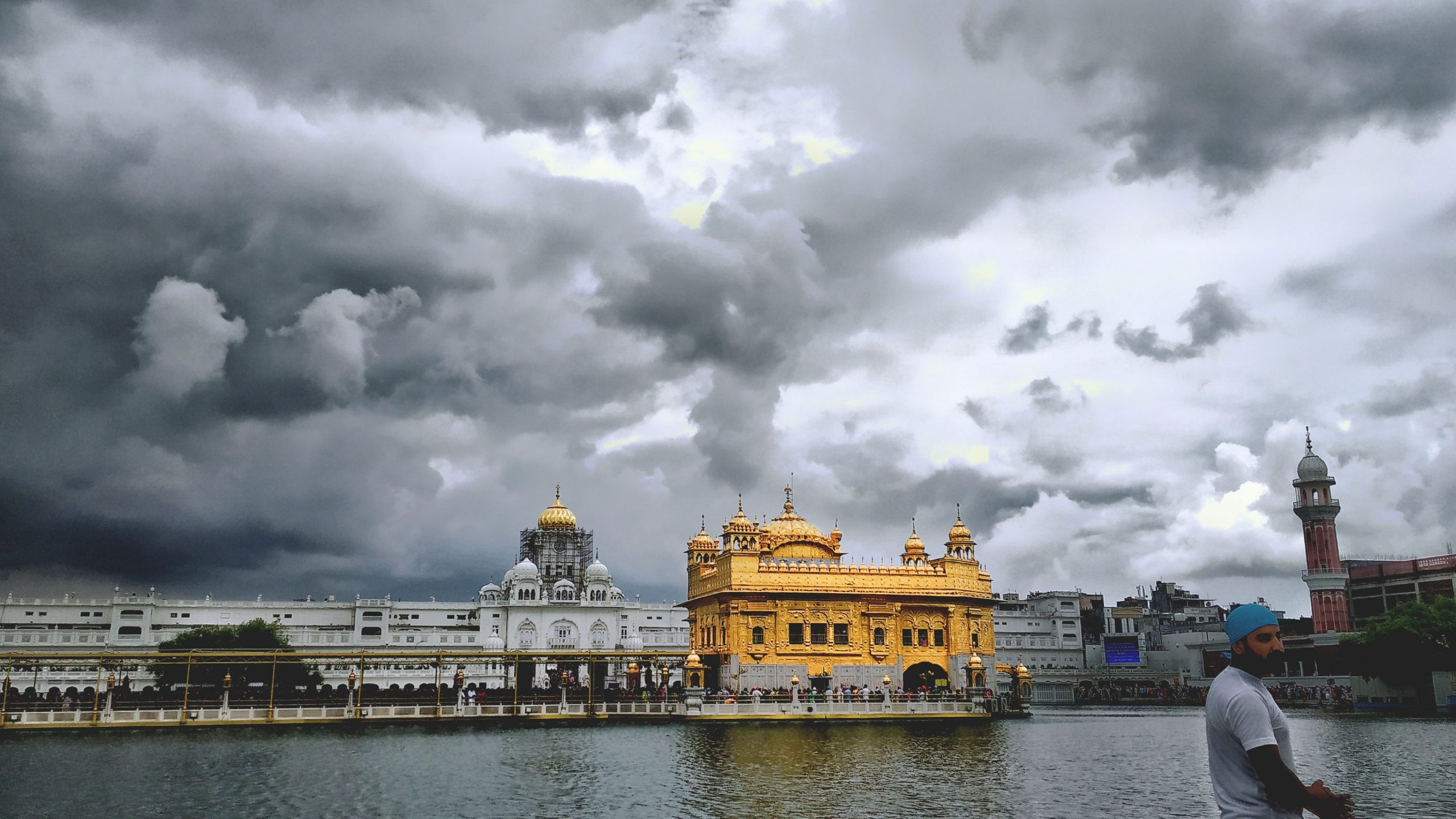For ten days, from June 1 to June 10, 1984, the Indian Army lay siege to the Golden Temple in Amritsar, Punjab in an effort to remove prominent pro-Khalistan ideologues Jarnail Singh Bhindranwale and Damdami Taskal and their followers.
Operation Bluestar was the codename for the 10-day siege. Over the course of 10 days, the Indian Army slowly advanced towards the Golden Temple. To know why the siege occurred, it is important to understand the context behind the Khalistani movement.
The Khalistani movement was an agitation that began in the 1980s under the leadership of a religious leader named Jarnail Singh Bhindranwale. The movement came off the back of the Anandpur resolution, which was set forth by the Shiromani Akali Dal, India’s second-oldest political party after Congress.
The resolution was a list of changes that SAD wanted to bring about which sought the increased propagation of Sikhism in the country, preservation of the culture along with maintaining the distinct identity of the Panth, the Sikh religious path, amongst other resolutions which included giving Punjab more autonomy and more power to states. Importantly, the resolution did not seek for the secession of the state of Punjab, nor did it seek an entire separate country populated by Sikhs.
Bhindranwale’s movement for a Khalistan state picked up momentum, and eventually Punjab found itself consumed by militancy. By 1984, militancy had peaked enough for the army to be called in. By the beginning of June, the army had been called in to root out Bhindranwale from the Golden Temple.
In the next 10 days, the army and the Bhindranwale supporters exchanged fire as the armed forces slowly moved towards the Golden Temple. By the end of the 10 days, the Army had managed to penetrate the temple premises, killing over 250 militants, including Bhindranwale.
The aftermath of Operation Bluestar was widespread protests from the Sikh community. Not only that, Indira Gandhi was assassinated in an act of retribution by her Sikh bodyguards. Her assassination led to the 1984 anti-Sikh riots where thousands of Sikhs were murdered, leading to the deterioration of relations between the Sikh community and the Indian government.







